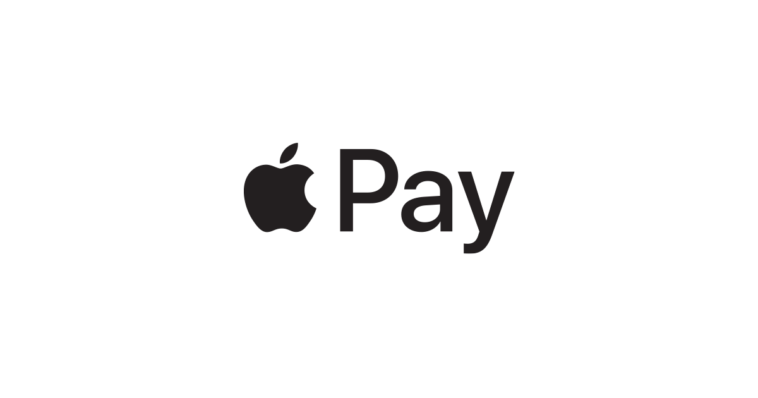What is Apple Pay?
Apple Pay is a mobile payment service compatible for Apple devices including iPhones with Face ID and Touch ID (except iPhone 5s), Apple Watch Series 1 and 2 and later, iPad models with Touch ID or Face ID, and Mac models with Touch ID.
Apple Pay allows users to:
- Make purchases within mobile apps without entering credit card details again and again,
- Pay in shops by avoiding exchanging cash,
- Make payments on the web in Safari without creating an account by filling out long sign up forms and entering credit card information
- Send and receive money by using a debit card in the Apple Wallet app
- Pay for journeys on Transport for London (TfL) without authenticating with Face ID or Touch ID.
- Save and find all credit and debit cards, boarding passes, tickets, and store cards in one place, in Apple Wallet.
Currently, Apple Pay is available in 59 countries from Asia Pacific to North America. It is allowed anywhere users see the Apple icon followed by “Pay” for the service name.
How does Apple Pay Work?
Within iOS apps and watchOS apps in the App Store and in the websites on Safari, using Apple Pay, users can securely and quickly make payments with Face ID or Touch ID. It is also allowed to use Apple Pay in Business Chat and in iMessage extensions.
Setting up Apple Pay in an eligible device starts with downloading the Apple Wallet app and adding a credit card, by selecting from the file with iTunes or scanning with the camera, to the Wallet. After the bank or card issuer verifies the information, you can start using Apple Pay. In order to use Apple Pay with more than one Apple device, the credit or debit card should be added to each device separately.
If the country or region doesn’t support Apple Pay, if you are not using the latest version of iOS, watchOS, or macOS, if you are not using a supported card from a participating issuer, or if you are not using an eligible device, it is not allowed to add a credit or debit card to the Apple Wallet account.
In order to make a payment in a retail store with Apple Pay, you will hold the top of the iPhone near the checkout system and use your Face ID or Touch ID until you see Done and a checkmark in the display. On iPhones and Mac devices, Apple uses Skin Contact and Tokenization for user’s payment security.
For Apple Watch, the only thing that differs from the iPhone devices while using Apple Pay is that you will double click the side button to complete the purchase. Apple Watch uses Skin Contact for the security while using Apple Pay.
In order to use Apple Pay within a mobile app, you need to see an Apple Pay button as a payment option. After making sure that your billing and shipping information is correct, you can complete your in-app purchase.
Because of the regulations, laws, and limitations in some countries, users may be asked to enter a PIN to complete a purchase.
Adding Paypal to Apple Pay
For now, adding a PayPal account to Apple Pay for making contactless purchases via youriPhone or Apple Watch is not allowed. However, you can add your PayPal account to your Apple ID in order to make in-app purchases from Apple apps including the App Store, iTunes, Apple Music, Apple Books, and iCloud.
Apple Pay vs. Google Pay vs. Samsung Pay
| Apple Pay | Google Pay | Samsung Pay | |
| Compatibility | iOS, watchOS, macOS | iOS, Android Devices, Chrome | Samsung Smartphones and Samsung Smartwatches |
| Payment Methods | Credit Card, Debit Card, Shop Card | Credit Card, Debit Card, Bank Transfer | Credit Card, Debit Card, Shop Card |
| Credit Fee | 3% | 2.99% | 3% |
| Transfer Limit | $10,000 | $10,000 | $1,500 daily total up to 8 transactions |
| Security | Skin Contact and Tokenization | Virtual Contact Number, Screen Lock, and Encryption | Samsung Pay PIN |
| Number of Countries Available for retail and in-app purchases | 59 | 75 | Anywhere the physical card excepted |
| Withdrawal Speed | 1 – 3 Business Days | 1 – 3 Business Days | 1-3 Business Days |







One Ping
Pingback:Apple reportedly working on a ‘pay later’ service for Apple Pay | Mobile Marketing Reads